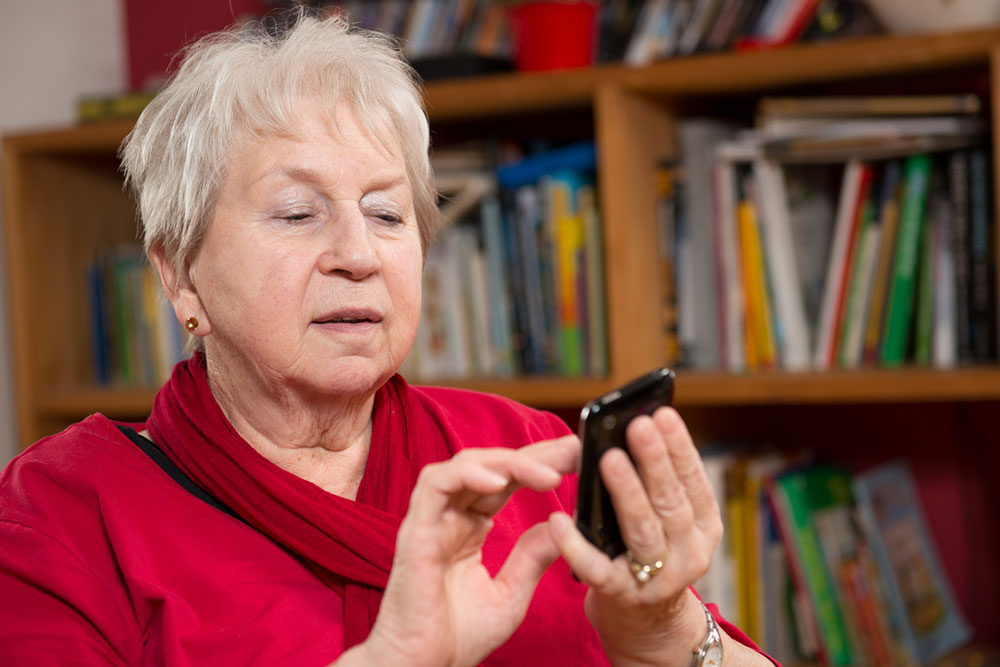5 smartphones ideal for seniors and the elderly

Smartphones go through new updates quite frequently. Navigating these changes can be challenging, especially for senior and elderly users. Luckily, smartphones with elaborate UIs are not one’s only option. There are several smartphones in the market that are relatively easier to operate. These phones have intuitive interfaces and user-friendly features that seniors can get a hang of. So, here’s a rundown of some of the most popular and easiest smartphones for seniors and the elderly.
Apple iPhone 15 Pro Max
One of the most highly rated smartphones, the Apple iPhone 15 Pro Max is a good choice. It’s huge high-resolution screen makes it quite suitable for seniors and the elderly. Besides, the iPhone is known to pack in several accessibility features, making it quite simple to make video calls and carry out many other tasks very easily. Moreover, the phone has a relatively longer battery life that ensures it continues running without the hassle of charging it too frequently.
Samsung Galaxy S23 Ultra
If one is looking for an Android smartphone, the S23 Ultra from Samsung is a dependable option for seniors and the elderly. Along with a large screen, this smartphone has tons of other features that make it highly senior-friendly. For instance, the smartphone comes with an S Pen stylus, which is great for those who like to jot down notes and reminders. Another advantage of the stylus is that a senior does not have to worry about shaky hands or missed finger taps to operate the touch screen. The stylus makes it much easier and hassle-free.
Motorola Moto G Power
Many seniors often prefer no-contract phones to do away with the hassle of being tied to a single cell phone plan provider. Among these no-contract phones, the Motorola Moto G Power is a popular choice. This is mostly because of the added security features, such as the ability to set up the phone for emergency calls. Moreover, seniors can also upload their healthcare history on the phone for emergency situations. Another factor that makes the Motorola Moto G Power suitable for the elderly is its hearing aid compatibility, along with facial recognition and voice recognition technology.
Nokia XR20
The Nokia XR20 is perfect for those looking for a smartphone that is fall-proof. Featuring a durable display screen, the phone is built with a casing that is water-resistant, scratch-proof, and immune to temperature and falls. So, an elderly person can easily use the phone without worrying about it being too slim or too sleek. Additional, senior-friendly features include hearing aid compatibility, extra loud speakers, Google Assistant, and facial recognition technology.
Google Pixel 7
What makes the Google Pixel 7 great for seniors and the elderly is the Google Pixel Personal Safety app. With this, a senior can quickly contact emergency services by simply pressing the power button five times. In addition, the smartphone allows users to designate emergency contacts, which are accessible easily whenever needed.


